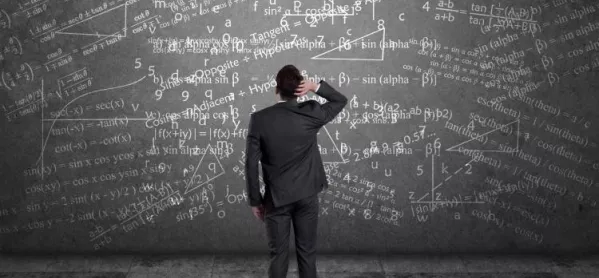Although the answer in maths is really important, it should not be the most important thing that we look for from our pupils.
That’s not to say that we are going to start rewarding pupils for getting everything wrong in maths, but how pupils come to obtain an answer should be a quality that we regard highly.
In previous generations, uniform methods for “working out” problems were drilled into pupils and because they were pretty much foolproof in terms of getting the right answer, they were seen as a good way of teaching children maths. But they never really encouraged pupils to explore.
If the answer was the only thing we wanted from pupils, we would just make sure our children were masters of the calculator. And this would be a viable option for later life - we always have a calculator to hand, as our mobile phones are never, ever more than a metre away from us.
However, teaching maths at a primary-school level should be about more than that: an understanding of why we have the answer is very important.
More than crocodiles’ mouths
The reasoning element to our curriculum could be the greatest thing to hit the maths world since the abacus.
It gives maths a purpose, a direction and a less abstract tilt.
A basic but powerful example of this came from a colleague of mine, who showed how the greater-than and less-than signs were about more than crocodiles’ mouths.
”>” means greater than because you can stack more number cubes on its left-hand side than you can on its right-hand side.
Straight away, this simple explanation brought a perfect visual concept to life. No longer will children think about crocodiles when trying to figure out which way the < > signs should point when comparing 13 to 5, they can just use visual concepts when providing their reasoning for the greater-than or less-than sign.
If we want pupils to have the answer we could give it to them. Calculators, column methods and answer books can all provide it.
But encouraging pupils to use visuals to reason is a skill worth teaching - and a wonderful thing to see when one of your pupils does just that.
Joshua Levenson is the deputy head of a primary school in South London


